Last December 4, 2012, almost a year after Typhoon Sendong, Supertyphoon Pablo/Bopha hit Mindanao, leaving behind massive devastation. It affected Davao Oriental, Compostela Valley and some parts of CARAGA Region. To date, damages to agriculture, the main source of livelihood in affected areas, has reached P26.5 billion, the National Disaster Risk Reduction and Management Council (NDRRMC) reported. The NDRRMC also said that more than 6.2 million people in 34 provinces have been affected with 1,067 dead, 834 missing and 2,666 injured. Almost 89,666 houses were totally damaged and more than 127,151 partially damaged.
Two of the provinces heavily affected by Typhoon Pablo in Region XI were Davao Oriental and Compostela Valley. Most of the casualties were from the town of New Bataan in Compostela Valley, and the towns of Cateel, Baganga and Boston in Davao Oriental. These areas were severely affected by flash floods, mudslides, and strong winds. Flood water reportedly came down from the mountain slopes, bringing with it mud, logs and rocks. Fallen trees and rocks also made it hard for rescuers to immediately reach the area. Many of the affected families, mostly farm workers in plantations, have lost their source of livelihood. Many of the survivors are now struggling to rebuild their houses, and are trying to find alternative sources of income in order to survive.
In CARAGA Region, particularly the provinces of Agusan del Sur and Surigao del Sur are among the most affected by the destruction wrought by Super Typhoon Pablo. The Surigao del Sur Provincial Risk Reduction and Management Council (PDRRMC) pegged damages to property and livelihood at 68 million, damaging 16,062 houses. There are eight (8) deaths, three (3) injured and one (1) reported missing within the affected municipalities of Hinatuan and Lingig. The Agusan del Sur PDRRMC on the other hand reported 580 million damage to livelihood sources, 295 million worth of damages to more than 21,662 houses, and 43 million damage to government facilities. It was reported that 16 people died and 14 were injured.
The extent and scope of devastation in the CARAGA Region might be less compared to Davao Oriental and Compostela Valley but it cannot be ignored. At present, several families remain in the evacuation centers. Lack of space has pushed more victims to either go back to their destroyed houses or seek shelter with neighbors and relatives whose houses were not as damaged. With the loss of livelihood, they are in constant need of food and medicines.
The Citizens’ Disaster Response Center, together with its Regional Center, the Mindanao Interfaith Services Foundation, Inc. (MISFI), started the rehabilitation process through housing construction, livelihood projects and reforestation.
Funding donors like Mercy Relief Singapore and the Polytechnic University of the Philippines have funded the construction of core shelters in Compostela Valley. Mercy Relief has also provided vegetable seeds for the affected families to help tide them over while waiting for the plantations to re-open. Chainsaws were also donated by MR to the community to help them in the clearing operations.
Volunteers from all over the Philippines heeded the “3 for a Tree” campaign of MISFI – students and professionals alike trooped to the mountains to plant trees. In the aftermath of the disaster, environmentalists blamed logging and mining for the severe impact caused by Typhoon Pablo. Now volunteers are trying to replace the lost forest cover.
Six months after the disaster, a lot more remains to be done. The plantation workers have yet to return to work, houses have yet to be rebuilt, lives have yet to return to normal.
CDRC and MISFI, through the support of various donors, individuals and volunteers, are doing everything it can to help the affected families get back on their feet. You too can help.

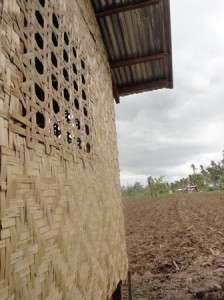
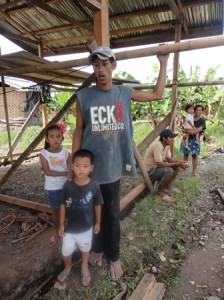
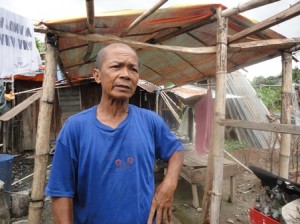
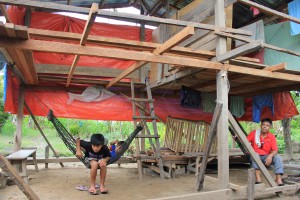
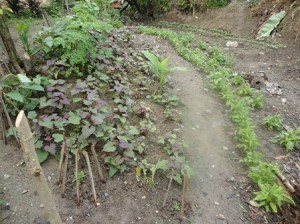
Leave a Reply